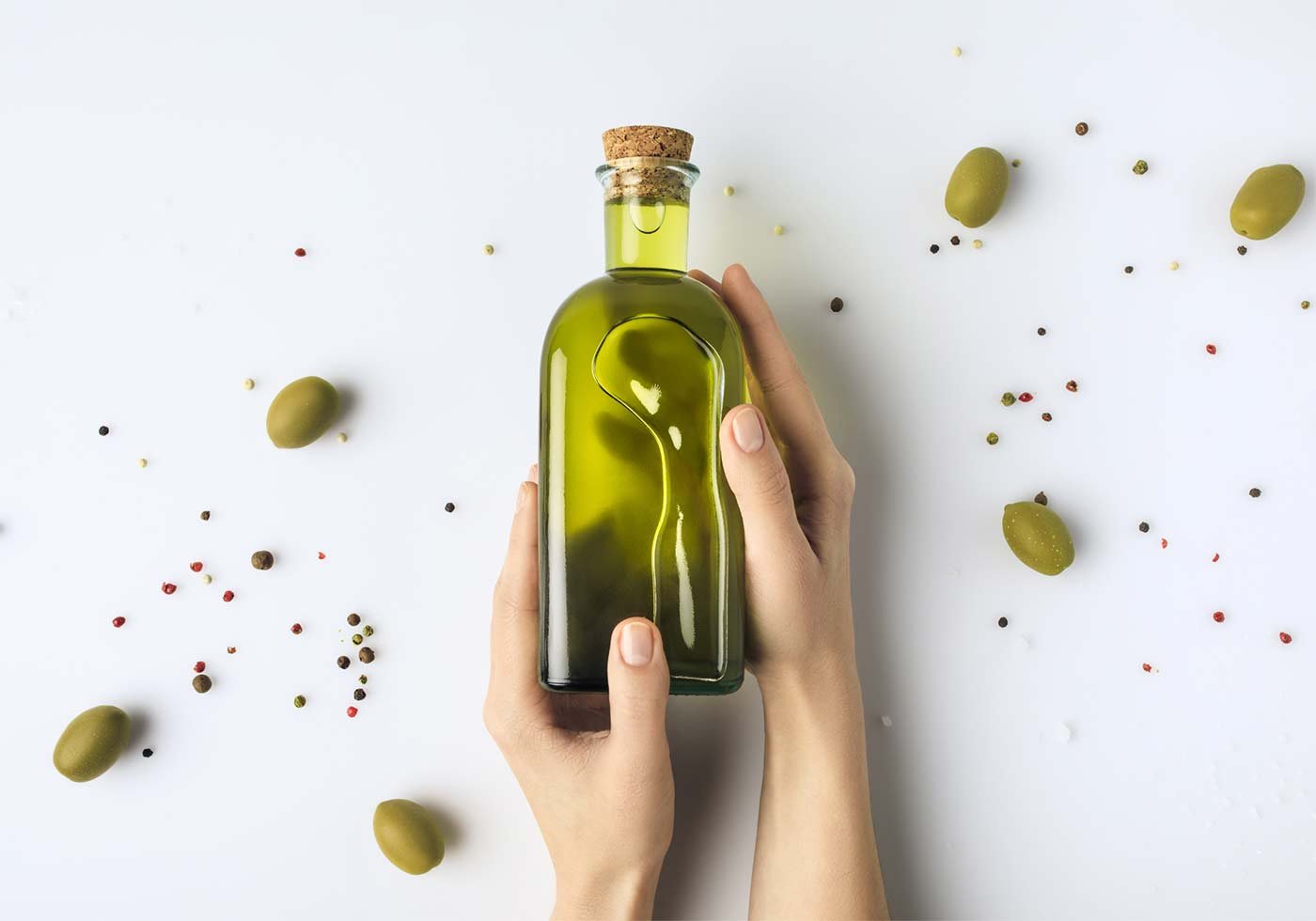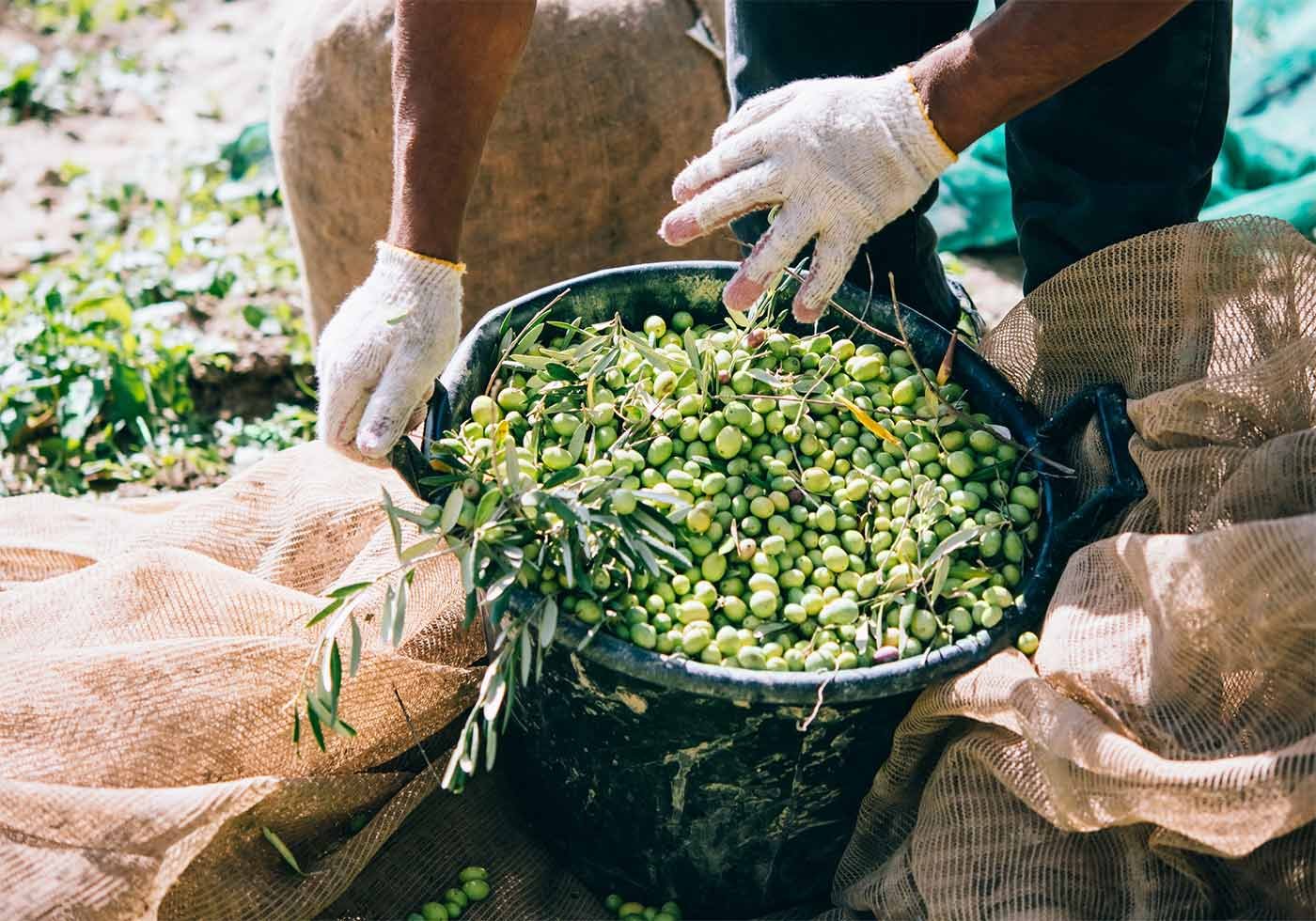
Mastering the Art of Brining: Crafting the Perfect Brine for Exceptional Flavor
Brining is a culinary technique that has stood the test of time, adding depth, juiciness, and flavor to a variety of dishes. Whether you’re preparing poultry, pork, or even vegetables, the key to unlocking a world of taste lies in mastering the art of brining. In this guide, we’ll explore the fundamentals of creating the best brine to elevate your culinary creations.
- The Science Behind Brining:
At its core, brining is a process of soaking meat or vegetables in a solution of salt, sugar, and water. This simple yet transformative technique serves two primary purposes: enhancing flavor and improving the texture of the ingredients. The salt in the brine works to break down proteins, allowing the meat to retain more moisture during the cooking process, resulting in a juicier and more flavorful end product.
- The Basic Brine Components:
Crafting the perfect brine requires a thoughtful balance of key components. The basic brine formula consists of salt, sugar, and water. For a classic brine, use about 1 cup of kosher salt and 1/2 cup of sugar per gallon of water. Beyond these essentials, you can experiment with additional flavorings such as herbs, spices, citrus, and aromatics to customize the brine to your liking.
- The Importance of Salt:
Salt is the cornerstone of any brine, and choosing the right type is crucial. Opt for kosher salt, as it dissolves easily and imparts a clean, pure flavor to the brine. Avoid iodized salt, as it can introduce unwanted flavors to your dish. The amount of salt used is a delicate balance; too little may not effectively season the meat, while too much can lead to an overly salty result.
- Balancing Sweetness:
While salt is the star of the show, sugar plays a supporting role in the brining process. Sugar helps to counterbalance the saltiness, providing a hint of sweetness that enhances the overall flavor profile. Common choices for sugar include brown sugar, honey, or maple syrup. Experiment with different sweeteners to discover the perfect complement to your dish.
- Customizing with Flavorings:
Elevate your brine by infusing it with additional flavors. Fresh herbs, spices, garlic, citrus zest, and peppercorns are popular choices for adding complexity to your brine. Consider the flavors that will complement the final dish and tailor your brine accordingly. Be creative and don’t hesitate to experiment with unique combinations to create a signature brine of your own.
- Brining Times:
The duration of the brining process depends on the type and size of the ingredient. As a general rule, poultry and pork benefit from brining for 12 to 24 hours, while smaller items like shrimp or vegetables may only require a shorter brining period. Be mindful not to over-brine, as this can lead to an overly salty result.
Conclusion:
Mastering the art of brining is a game-changer in the world of culinary exploration. By understanding the science behind brining and carefully balancing salt, sugar, and flavorings, you can transform ordinary ingredients into extraordinary culinary delights. Whether you’re a seasoned chef or a home cook looking to elevate your dishes, the perfect brine is the secret ingredient that brings out the best in every bite. Experiment, savor the process, and let your creativity shine as you unlock the full potential of flavor through the art of brining.

